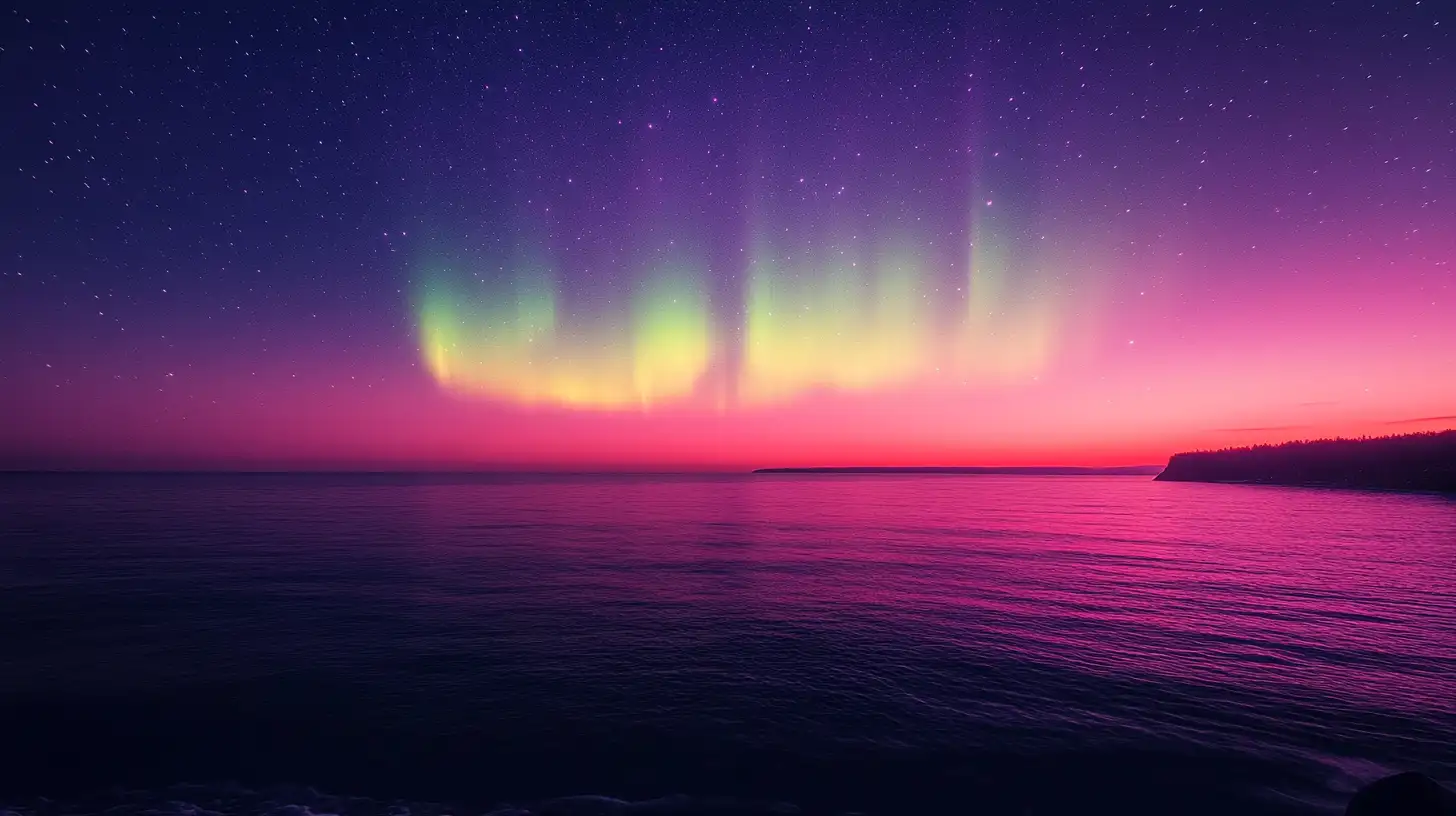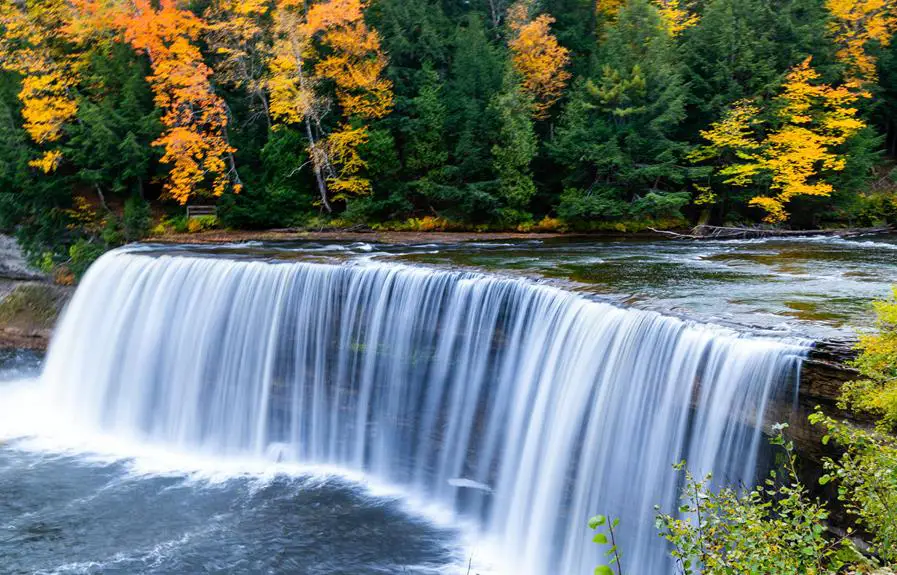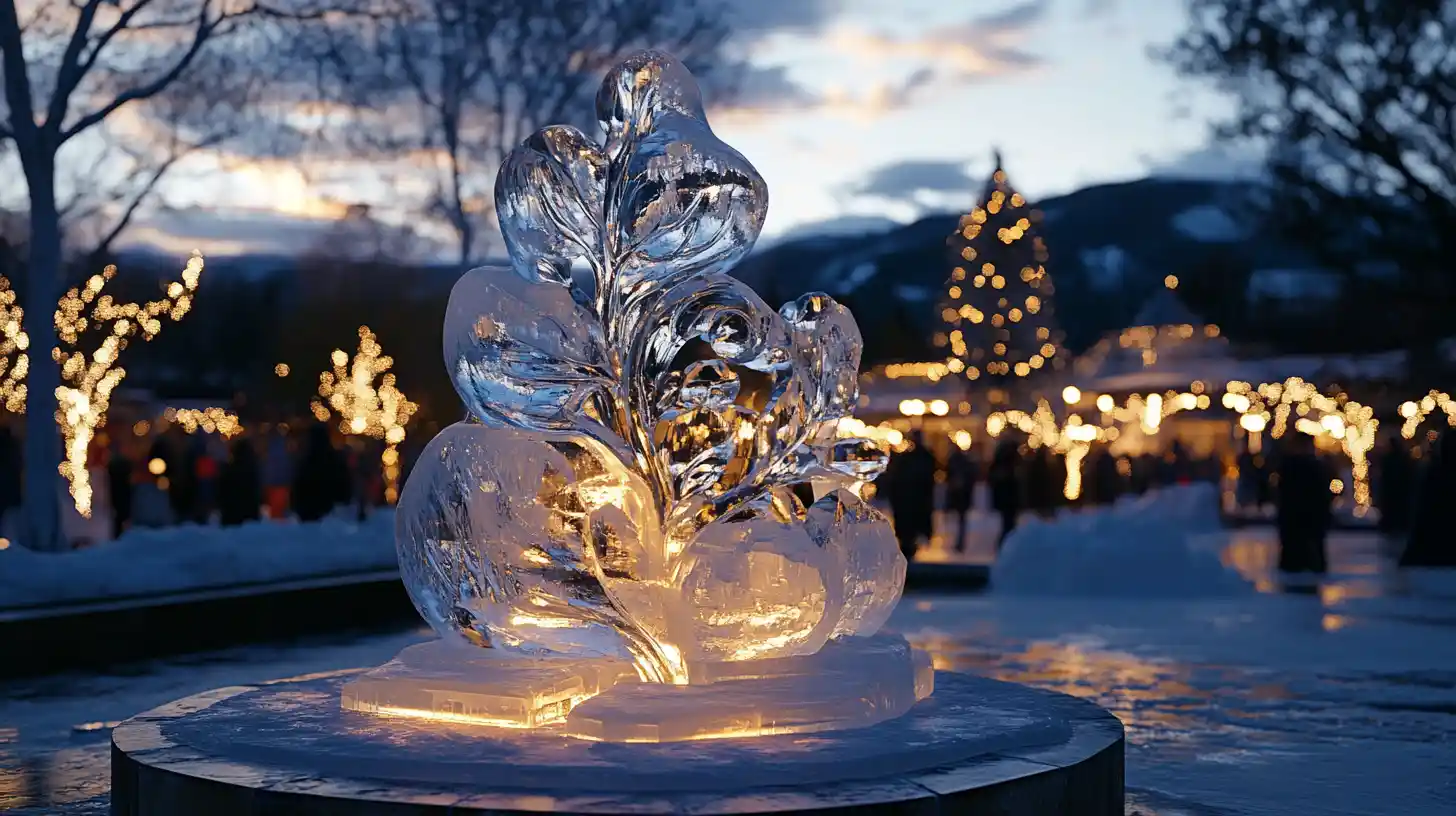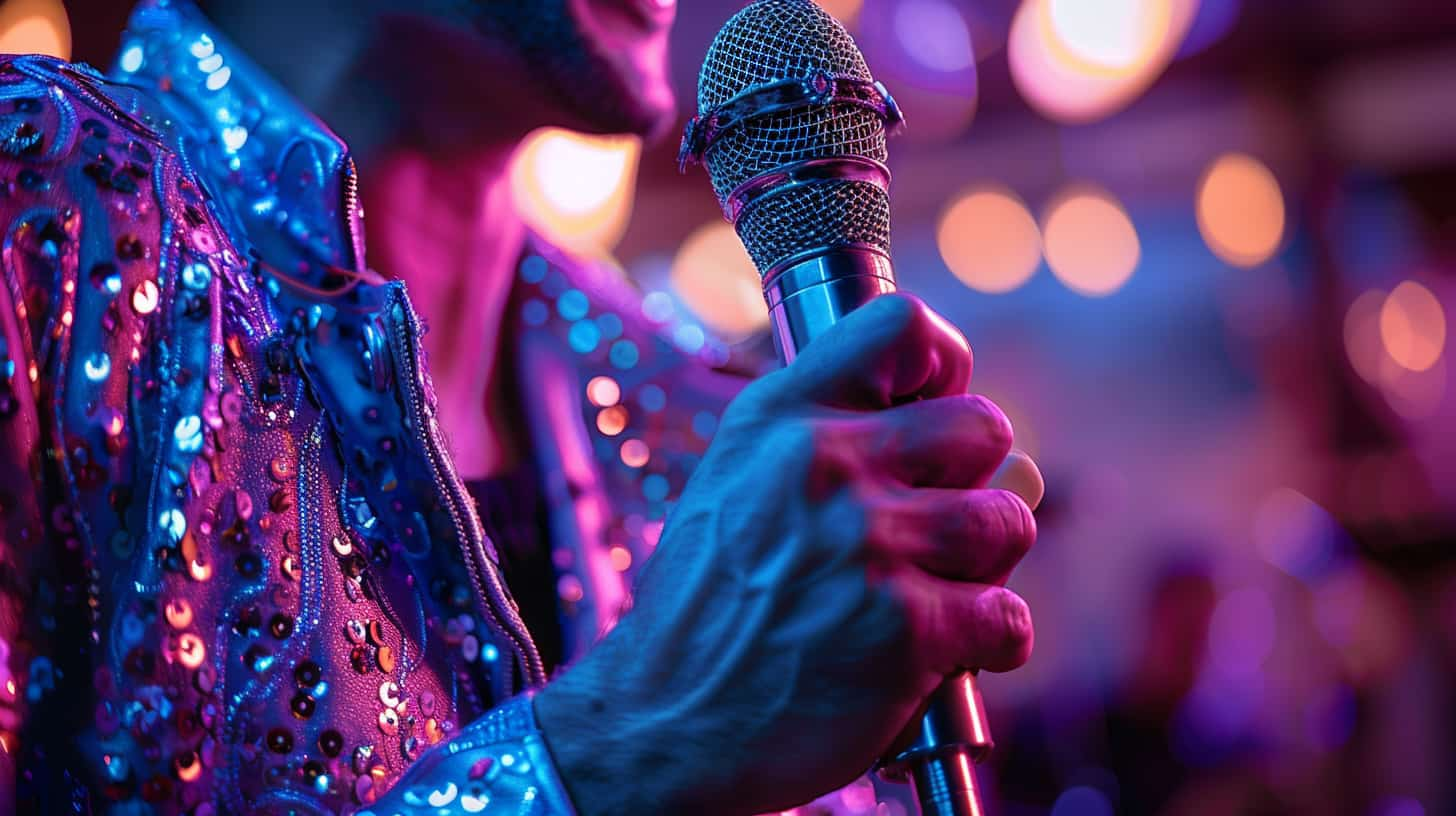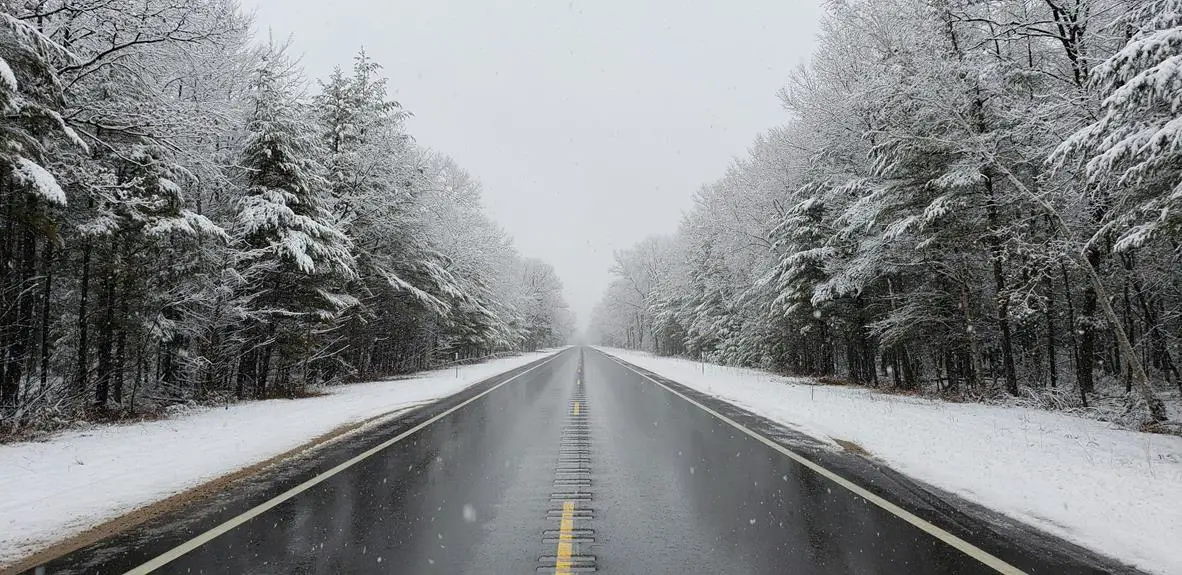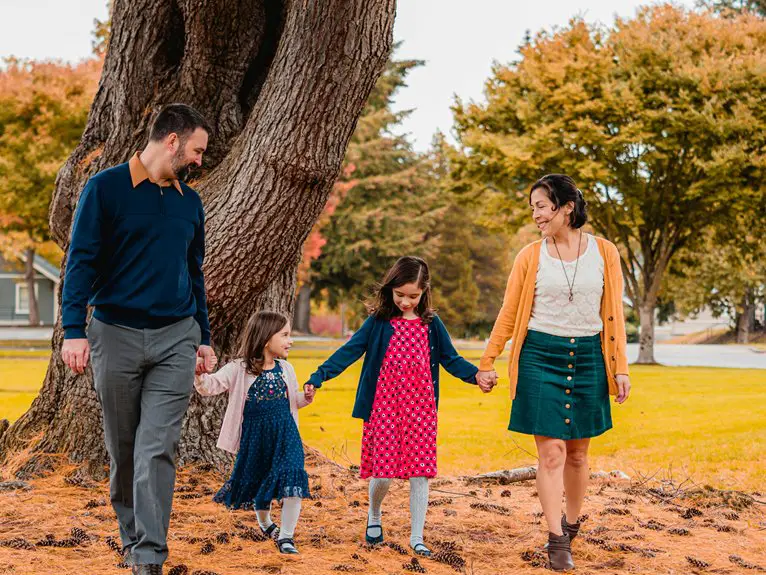Michigan’s northern regions offer a unique opportunity to witness the breathtaking spectacle of the Northern Lights. The state’s rugged landscape and sparse population create an ideal environment for viewing this natural phenomenon. While many locations boast dark skies and unobstructed views, a select few stand out as premier destinations for aurora sightings. But what sets these spots apart, and how can you increase your chances of witnessing this awe-inspiring display? The answer lies in understanding the complex interplay between geography, solar activity, and timing – and that’s just the beginning.
Optimal Viewing Conditions in Michigan
Michigan’s unique geography, characterized by its northern latitude and sparse population, creates an ideal setting for witnessing the breathtaking spectacle of the northern lights. Prime viewing conditions hinge on a delicate balance of darkness, cloudless skies, and peak auroral activity.
To achieve optimal viewing conditions, it is essential to minimize light pollution, which can obscure the visibility of the aurora. Northern Michigan’s remote location and low population density make it an ideal location for aurora viewing, with minimal artificial light interference.
Dark, clear nights with minimal cloud cover are also vital, particularly during the months of September to April when northern lights activity is at its peak. The best viewing conditions occur during the spring and fall equinoxes, as these times yield stronger auroras due to increased solar energy influx.
Top Spots for Aurora Sightings
When it comes to witnessing the breathtaking display of the Northern Lights in Michigan, certain locations stand out for their best viewing conditions.
The state’s shores along Lake Superior and its Dark Sky Parks offer some of the most promising spots to catch a glimpse of the aurora borealis.
These locations provide the perfect combination of minimal light pollution, unobstructed views, and ideal atmospheric conditions, increasing the chances of a spectacular display.
Lake Superior Shores
Along the southern shores of Lake Superior, a string of remote and rugged locations offers a unique combination of unobstructed horizon views and minimal light pollution, creating a perfect environment for witnessing the breathtaking spectacle of the northern lights.
The Lake Superior shoreline provides some of the best locations for viewing the northern lights, thanks to its dark skies and minimal light interference. Notable viewing spots include Marquette, which offers extensive lakeshore access, and Brimley, renowned for its exceptionally dark skies.
Whitefish Point is a popular spot for aurora photography, with its north-facing beaches providing an unobstructed view of the horizon. The Keweenaw Peninsula, particularly Copper Harbor, features remote areas with minimal light pollution, further enhancing the visibility of the northern lights.
With its unique combination of natural beauty and prime viewing conditions, the Lake Superior shoreline is an ideal destination for those seeking to witness the majesty of the northern lights.
Dark Sky Parks
Located in strategic areas across the state, Michigan’s Dark Sky Parks offer some of the most ideal conditions for witnessing the breathtaking display of the northern lights, thanks to their exceptionally dark skies and carefully designated viewing areas.
These parks provide a unique opportunity to experience the awe-inspiring beauty of the aurora borealis, unobstructed by artificial light pollution.
Here are three reasons why Michigan’s Dark Sky Parks stand out as top spots for aurora viewing:
- Unparalleled darkness: Parks like Headlands International Dark Sky Park and Keweenaw Dark Sky Park offer exceptionally dark skies, allowing for unobstructed views of the northern lights.
- Designated viewing areas: These parks feature carefully designated viewing areas, ensuring prime aurora visibility and an unforgettable experience.
- Minimal light interference: Parks like Port Crescent State Park and Brimley State Park offer minimal light interference, allowing the northern lights to shine bright against a dark sky backdrop.
Understanding Solar Cycle Patterns
Solar activity fluctuates in predictable cycles, with periods of heightened energy output greatly influencing the frequency and intensity of auroral displays. This makes it vital to grasp the intricacies of these patterns to maximize viewing opportunities.
The current solar cycle, which began in December 2019, is expected to reach its maximum around late 2024, increasing the likelihood of witnessing the northern lights. During this period, solar flares and coronal mass ejections can produce stronger auroras, making it important to monitor solar weather reports for best viewing opportunities.
Historical data shows that auroral activity is particularly high during equinoxes in March and September, when solar energy influxes are most potent. Understanding the solar cycle can help aurora hunters plan their trips, as increased KP index levels (KP4 and above) are more likely during solar maximum years, enhancing visibility of the northern lights.
Planning Your Northern Lights Adventure
To commence a successful northern lights adventure in Michigan, it is essential to plan strategically, taking into account the best viewing months, ideal locations, and real-time solar activity forecasts. By doing so, you can increase your chances of witnessing the breathtaking display of the aurora borealis.
Here are three important elements to take into account when planning your trip:
- Optimal Viewing Months: Plan your trip between September and April, with peak viewing opportunities in March, October, and November.
- Dark Night Sky: Choose locations with minimal light pollution, such as the Headlands International Dark Sky Park or the Keweenaw Peninsula, which offer expansive views of the northern horizon.
- Real-Time Forecasts: Monitor solar activity using resources like the Aurora 30 Min Forecast and Soft Serve News to determine the likelihood of auroral displays before your trip.
Essential Gear and Tips for Viewing
When venturing out to witness the breathtaking spectacle of the northern lights in Michigan, it is vital to be well-prepared with the right gear and knowledge.
Having the essential equipment, patience, and comfort can make all the difference in capturing and experiencing this natural phenomenon.
Essential Camera Equipment
Capturing the ethereal beauty of the northern lights requires more than just a camera, as the right equipment and techniques can make all the difference between a mediocre shot and a breathtaking masterpiece.
To increase your chances of getting that perfect shot, consider the following essential camera equipment:
- Sturdy tripod: A must-have for stabilizing your camera during long exposure shots, which are necessary for capturing the northern lights effectively.
- Camera with manual settings: Allows you to adjust the ISO, aperture, and shutter speed for ideal aurora photography.
- Wide-angle lens: Ideal for capturing expansive night skies and the full beauty of the auroras, while also allowing for creative compositions.
When using these essential tools, remember to shoot in RAW format to allow for greater flexibility in post-processing.
Additionally, consider bringing a remote shutter release or using the camera’s timer function to minimize camera shake when taking long exposure photos.
With the right equipment and techniques, you’ll be well on your way to capturing the breathtaking beauty of the aurora borealis in Michigan.
Dark Skies and Patience
Witnessing the northern lights in Michigan requires a deliberate search for dark skies, where the absence of artificial light pollution allows the celestial spectacle to unfold in all its glory.
To maximize your chances of seeing the aurora, seek locations with low light pollution, such as the Headlands International Dark Sky Park or the Keweenaw Peninsula, where unobstructed views are abundant.
Allow your eyes to adjust to the darkness for at least 20 minutes, as this enhances your ability to see the faint colors of the aurora against the night sky.
Patience is essential; auroral displays can be unpredictable, so be prepared to wait for extended periods if necessary, and enjoy the experience of stargazing while you wait.
Keep an eye on solar activity forecasts and local weather conditions, as clear, dark nights with minimal cloud cover are key to ideal viewing experiences.
Comfortable Viewing Conditions
To fully immerse yourself in the celestial display, it’s vital to prioritize comfort and prepare with the right gear, making certain that you can focus on the spectacle unfolding above.
To achieve comfortable viewing conditions, consider the following essentials:
- Bring a lawn chair and blanket: Allow your eyes to adjust to the darkness, and settle in for an unforgettable experience.
- Dress in layers: Prepare for cold temperatures, especially during winter months, to guarantee a comfortable viewing experience under the dark sky.
- Pack snacks and warm beverages: Enhance your experience while patiently waiting for the auroras to appear.
Capturing the Moment: Photography Tips
When the night sky transforms into a kaleidoscope of colors, photographers must be poised to snap the perfect shot, and that requires a combination of technical skill and creative vision.
To capture the breathtaking beauty of the northern lights, it’s crucial to set up your camera for success. Begin by stabilizing your camera with a sturdy tripod, allowing for long exposure shots that will bring out the intricate details of the aurora.
Next, set your camera to manual mode, using a wide aperture (f/2.8 or wider) and a high ISO (800 to 3200) to effectively capture the vibrant colors of the northern lights. This will guarantee a well-balanced exposure that does justice to the spectacle.
To ensure a sharp focus, switch to manual focus or use live view to guarantee a precise capture.
Dark Skies and Unobstructed Views
Ideal viewing conditions for the northern lights require a specific set of environmental factors, among which dark skies and unobstructed views play a paramount role. The absence of artificial light pollution and obstructions allows for an unimpeded view of the aurora borealis, making it a truly mesmerizing experience.
Here are three reasons why dark skies and unobstructed views are essential for witnessing the northern lights:
- Unparalleled visibility: Dark skies enable the human eye to detect even the faintest auroral displays, making it possible to witness the full spectrum of colors and patterns.
- Panoramic views: Unobstructed views of the horizon provide a 180-degree perspective, allowing viewers to take in the full majesty of the aurora borealis as it dances across the sky.
- Immersion in nature: Dark skies and unobstructed views create an immersive experience, transporting viewers to a world of natural wonder and awe, where the boundaries between self and environment blur.
Michigan’s Most Scenic Viewing Locations
Michigan’s diverse geography boasts a range of scenic viewing locations, each uniquely suited to maximizing the spectacle of the northern lights. From urban lakeshores to remote wilderness areas, the state offers a variety of settings to witness this natural phenomenon.
Marquette, a popular urban location, provides extensive lakeshore access, although light pollution can impact visibility. In contrast, Headlands International Dark Sky Park, with its 600 acres of designated viewing areas, offers ideal stargazing conditions.
Whitefish Point, renowned for its dark skies and north-facing beaches, is an excellent spot for aurora sightings. For a more remote experience, Copper Harbor on the Keweenaw Peninsula provides minimal light pollution and hundreds of miles of unobstructed shoreline along Lake Superior, making it a superb location to witness the Northern Lights.
Keweenaw Dark Sky Park, another dark sky sanctuary, hosts annual events to engage the community in dark sky preservation and awareness. Each of these locations offers a unique opportunity to experience the breathtaking beauty of the Northern Lights under Michigan’s dark sky.
Timing Is Everything: Peak Viewing Seasons
The northern lights’ visibility in Michigan is heavily influenced by the time of year, with the ideal viewing seasons typically falling between September and April. During these prime months, the nights are darker, and the auroral activity is more pronounced, making it an ideal time to witness this natural phenomenon.
Here are three key reasons why these months offer peak viewing opportunities:
- Increased solar activity: The months of March, August, September, October, and November experience heightened solar activity, which leads to more frequent and intense aurora displays.
- Favorable atmospheric conditions: The fall and spring equinoxes in September and March, respectively, often bring strong auroral activity, making these periods ideal for viewing the northern lights.
- Longer and darker nights: The shorter days and longer nights during these months provide a better backdrop for viewing the northern lights, as the darker skies allow for better visibility.
Frequently Asked Questions
Where Is the Best Place in Michigan to See the Northern Lights?
When seeking ideal aurora borealis viewing, Michigan offers several prime locations. The Keweenaw Peninsula, Headlands International Dark Sky Park, and Marquette provide perfect conditions due to low light pollution and northern latitudes, ensuring unforgettable sightings.
What Are the Best Months to See the Northern Lights in Michigan?
The ideal months for viewing the northern lights in Michigan are September to April, with peak visibility in March, October, and November due to longer nights and favorable weather conditions.
Where Can I Watch the Northern Lights in Michigan Tonight?
To optimize northern lights viewing tonight, seek dark locations with minimal light pollution and unobstructed northern horizon views. Head to remote areas like Keweenaw Peninsula, Headlands International Dark Sky Park, or Whitefish Point for ideal conditions.
Did Anyone See Northern Lights in Michigan?
Yes, many residents and visitors have reported witnessing the northern lights in Michigan, particularly during peak solar activity around the equinoxes, with numerous sightings shared on social media by aurora enthusiasts.
